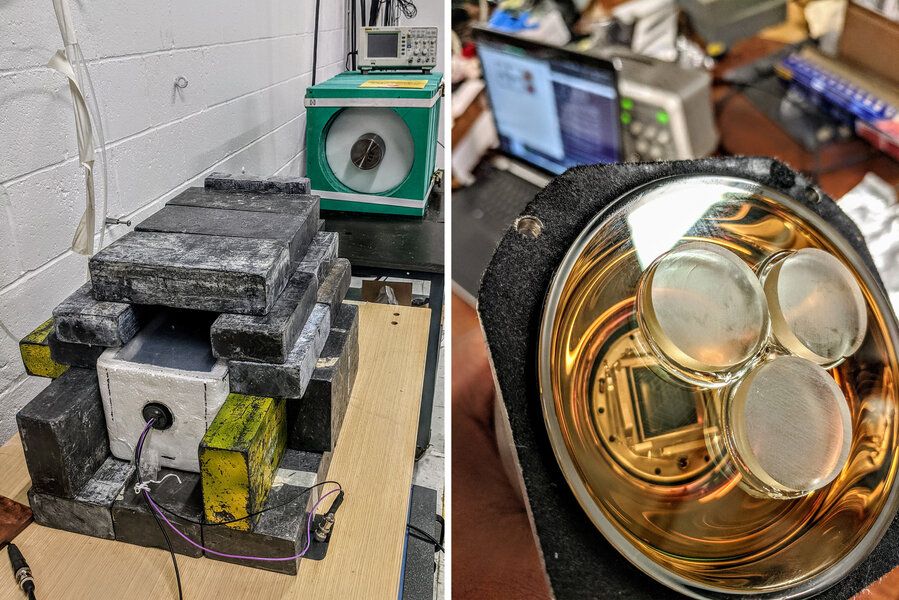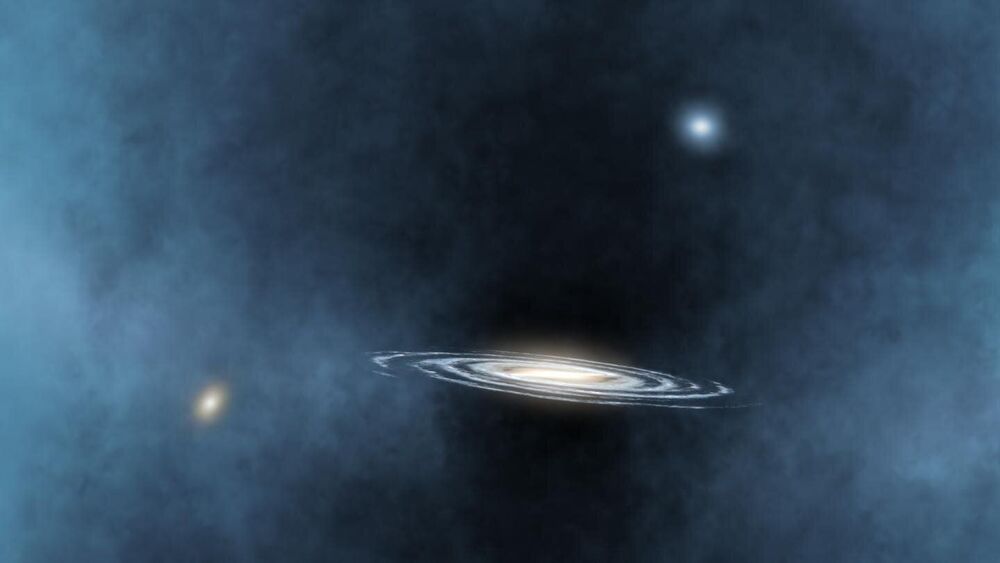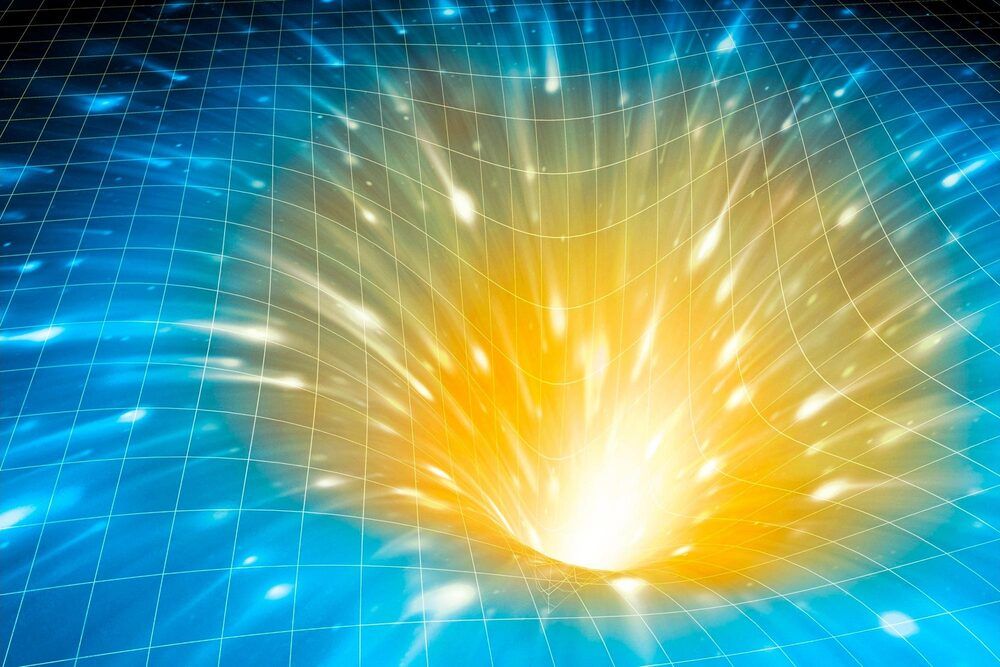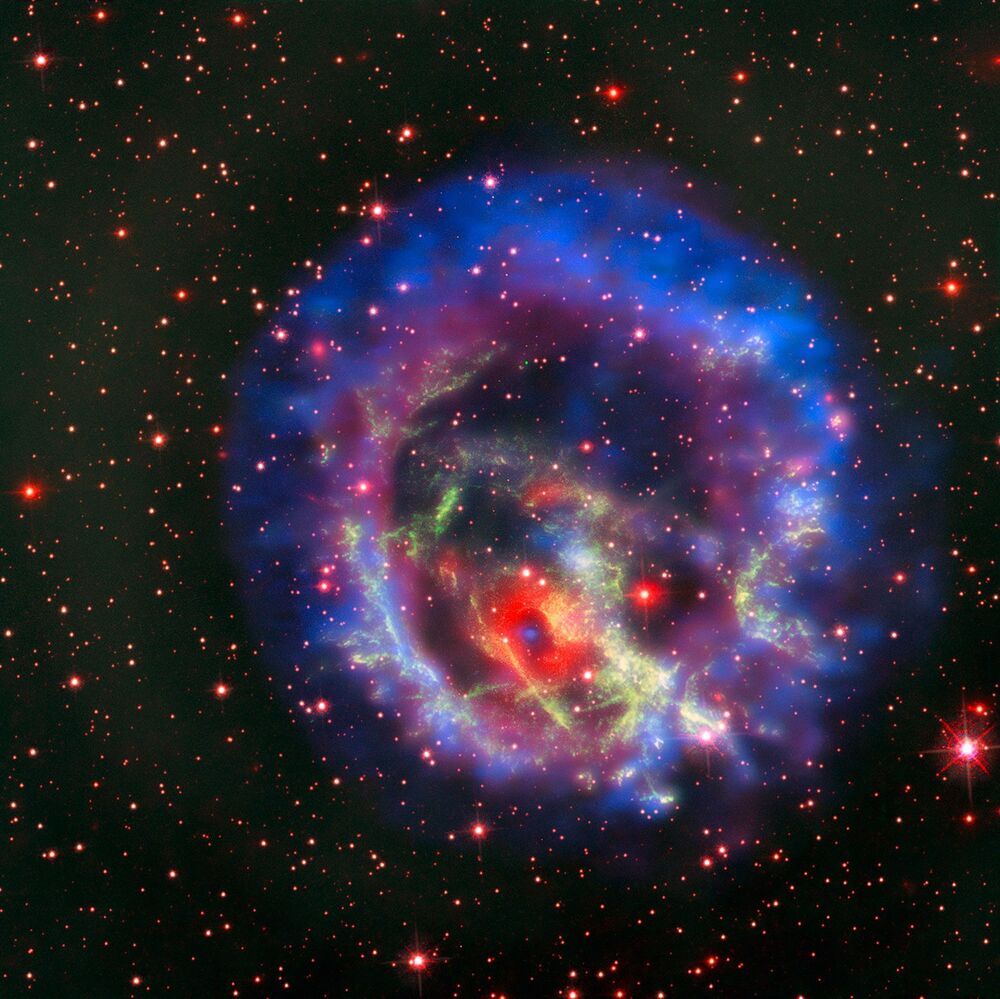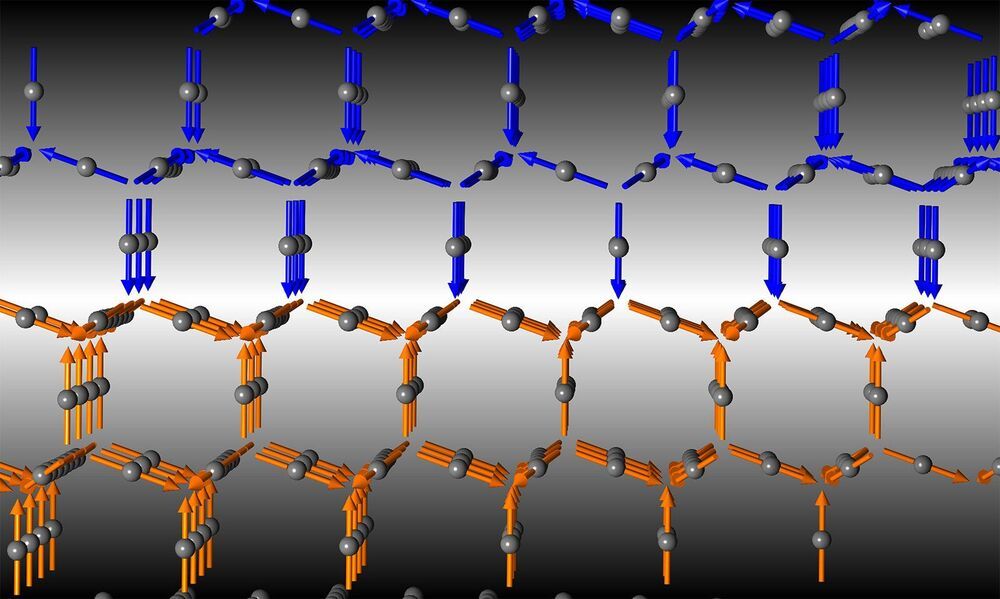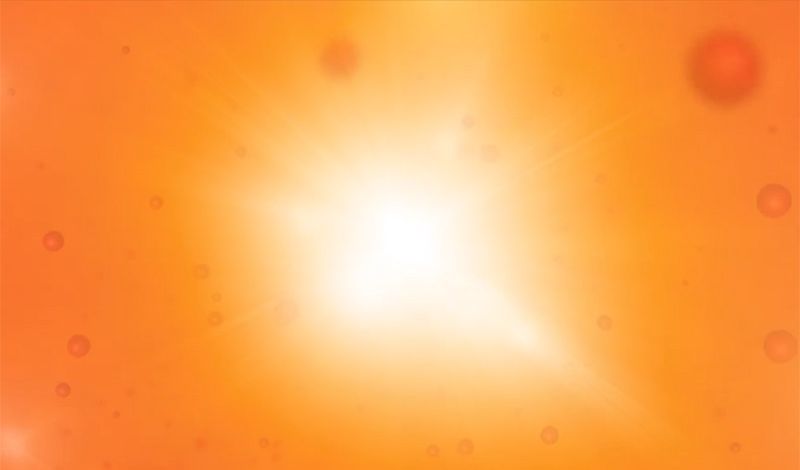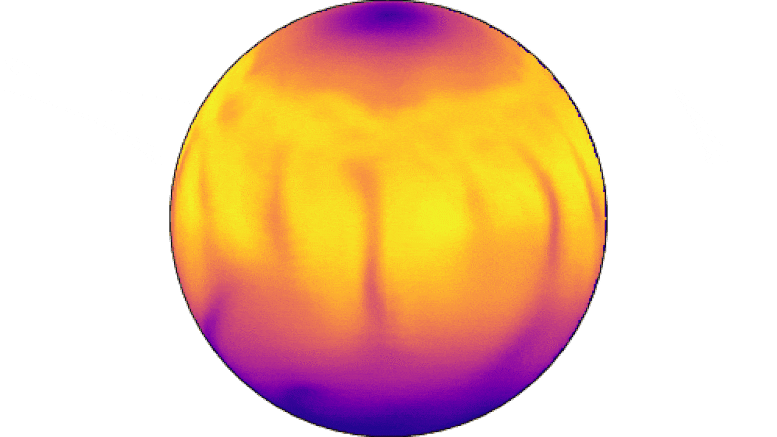About five years ago, Areg Danagoulian, associate professor in the MIT Department of Nuclear Science and Engineering (NSE), became intrigued by a technique developed by researchers at Los Alamos National Laboratory that uses a neutron beam to identify unknown materials.
“They could look into a black box containing uranium and say what kind and how much,” says Danagoulian, who directs MIT’s Laboratory of Applied Nuclear Physics (LANPh). “I was thinking about the problem of verifying nuclear material in warheads, and it just dawned on me, this amazing technology could be applied to what we’re working on.”
But there was a problem: This method, called neutron resonance transmission analysis (NRTA), requires an enormous, expensive apparatus, limiting its utility for the kind of on-site nuclear material applications Danagoulian and his research colleagues focus on. To leapfrog this obstacle, they determined to make NRTA technology portable.
